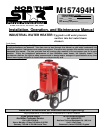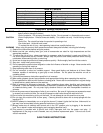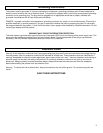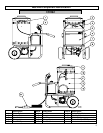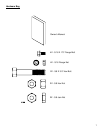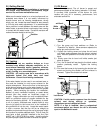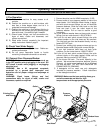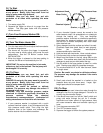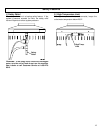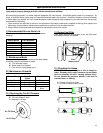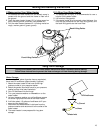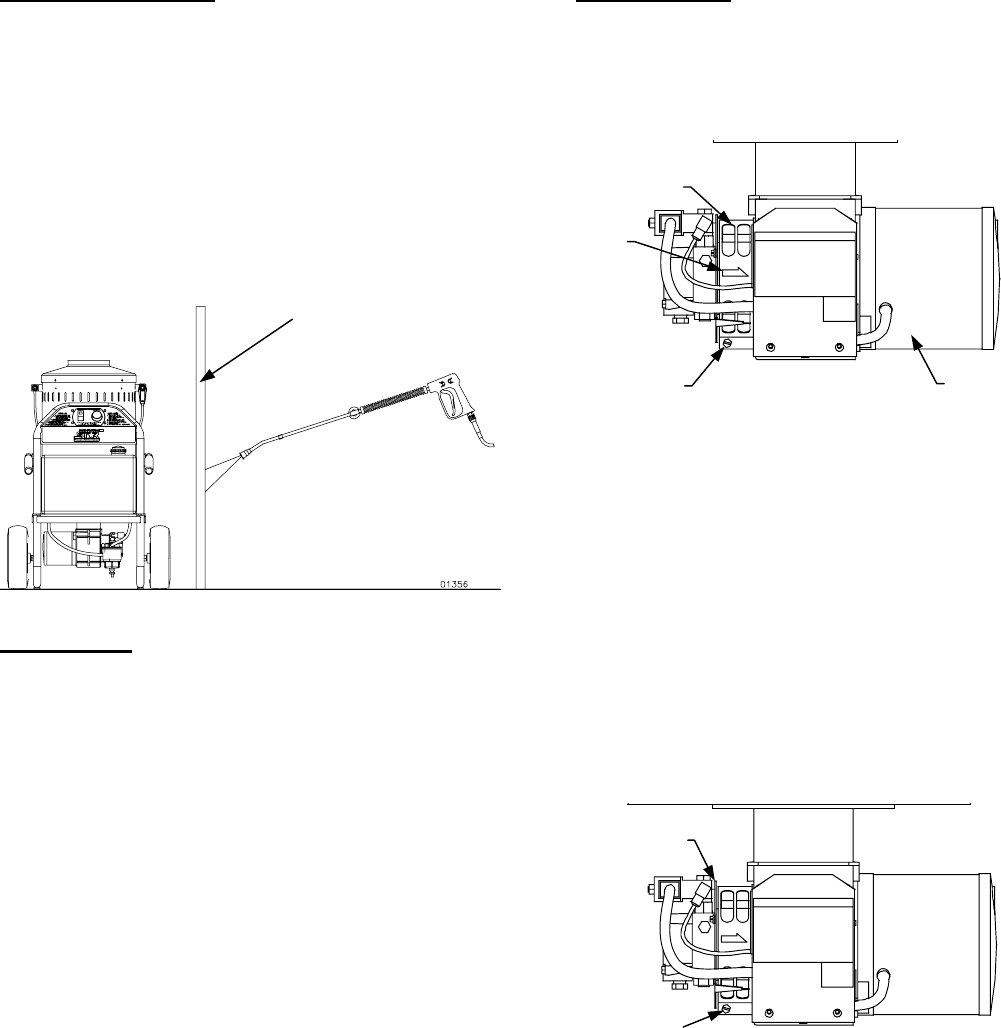
9
III.) Getting Started
IMPORTANT: Proper initial installation of equipment
will assure more satisfactory performance, longer
service life, and lower maintenance cost.
Make sure the water heater is on a level surface and in a
protected area where it is not readily influenced by
outside forces such as freezing temperatures, strong
winds, rain, etc. Locate the water heater for easy access
to fill fluids and make adjustments. It is recommended
that a partition is made between the wash area and the
water heater to prevent direct nozzle spray from coming
in contact with the water heater. Excessive moisture will
reduce the water heater’s service life.
TM
IV.) Venting
DANGER: Do not run machine indoors or in an
enclosed area without adequate ventilation, or in
areas where flammable vapors, (gasoline, solvents,
etc.) may be present. Do not vent exhaust gases into
a wall, a ceiling, or a concealed space.
CAUTION: All venting must be in accordance with
applicable federal and state laws, and local
ordinances. Consult local heating contractors.
If the water heater is to be used in an enclosed area, a
flue must be installed to vent burner exhaust to the
outside atmosphere. Be sure the flue is the same size
as the burner exhaust vent on the water heater lid. Poor
draft will cause the water heater to soot and not operate
properly. When selecting the location for installation,
beware of poorly ventilated locations or areas where
exhaust fans may cause an insufficient supply of
oxygen. Proper combustion can only be obtained when
there is a sufficient supply of oxygen available for the
amount of fuel being burned. If it is necessary to install
a unit in a poorly ventilated area, outside fresh air may
have to be piped to the burner and a fan installed to
bring sufficient air into the unit. Locate the water heater
in such a manner that the flue will be as straight as
possible and protrude through the roof at a proper height
and location to provide adequate draft. This oil fired unit
must have a draft controller installed in the flue (Part
#18007 call 1-800-270-0810 to order). A draft controller
will permit proper upward airflow of exhaust flue gases.
V.) Oil Burner
Burner Air Adjustment: The oil burner is preset and
performance tested at the factory (elevation 1100 feet).
A one-time initial correction of the burner for your
location will pay off in economy, performance, and
extended service life.
1.) Turn the pump and heat switches on (Refer to
“Operation” for details). Have someone operate the
spray gun so the burner fires.
2.) Loosen the locking screw and close the air band
until black smoke appears from the burner exhaust
vent. Note the position of the white arrow on the air
band.
3.) Slowly open the air band until white smoke just
starts to appear.
4.) Turn the air band half way back to the black smoke
position previously noted. Tighten the locking
screw.
5.) Fine tune the burner air by loosening the shutter lock
screw and turning the shutter until the exhaust is
cleanest. Tighten the shutter lock screw.
CAUTION: If white smoke appears from the burner
exhaust vent during start-up or operation,
discontinue use and readjust air bands.
NOTE: If a flue is installed, have a professional
serviceman adjust your burner for a #1 or #2 smoke
spot on the Bacharach scale.
Locking
Screw
A
ir Band
Burner
White
Arrow
Shutte
r
Lock Screw
Shutte
r
Partition



